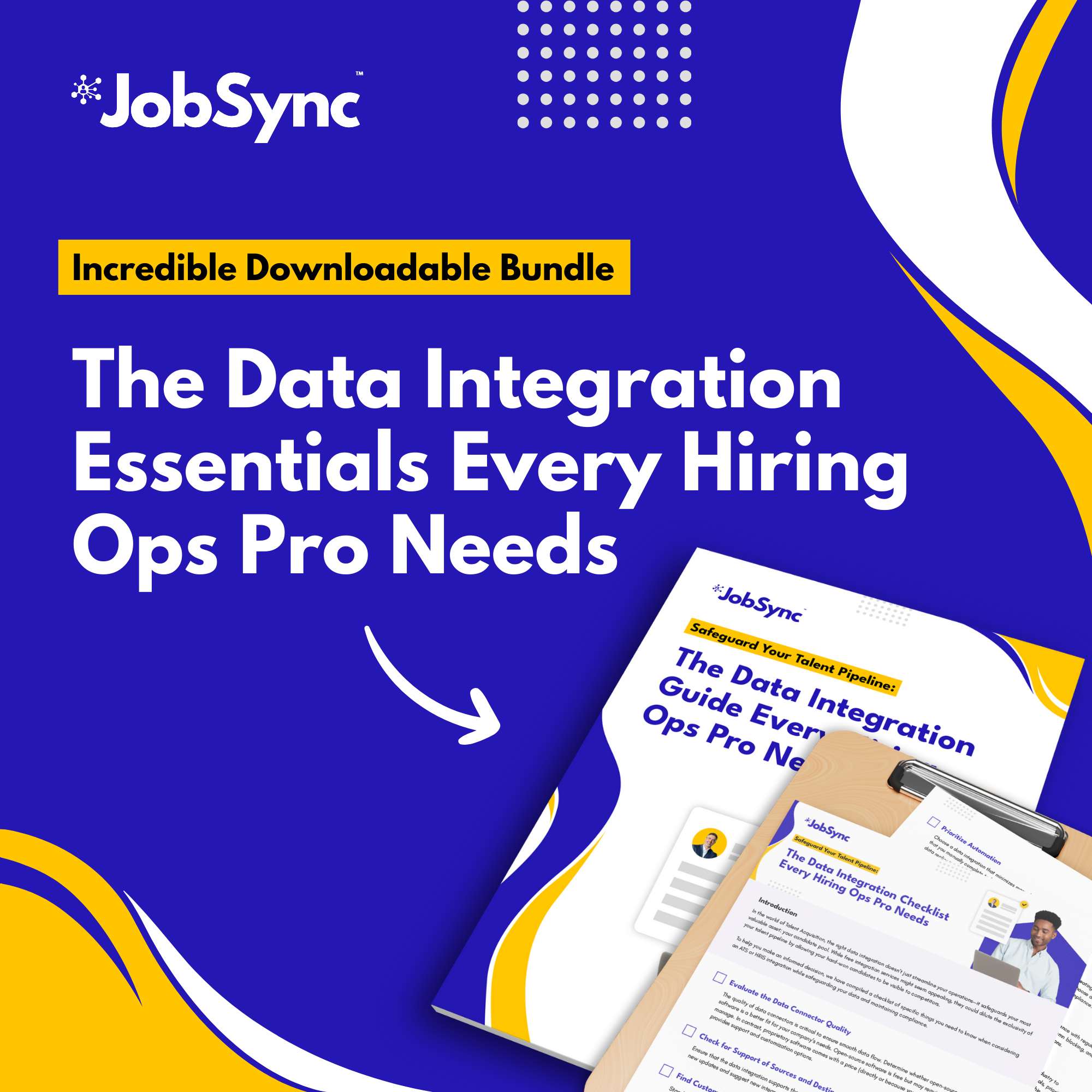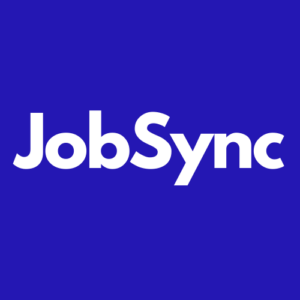
As a Recruiting Leader, you understand the importance of having a reliable and secure talent pipeline in your hiring operations. Your candidates are your most valuable asset, and their data must be safeguarded from end to end. That’s why we’re excited to introduce our new guide and checklist bundle, “Safeguard Your Talent Pipeline: The Data Integration Guide Every Hiring Ops Pro Needs.”
This comprehensive guide and checklist bundle will help you assess the integrity of your data connectors, evaluate sources and target compatibility, and insist on standardized data handling to ensure your data remains yours. Our team of data integration in talent acquisition experts has compiled their knowledge into an easy-to-follow guide that will help you streamline operations and protect your most valuable asset.
While free integration services may seem appealing, they at best could dilute the quality and completeness of your candidate records and, at worst, eliminate the exclusivity of your talent pipeline. Our guide will help you investigate the reliability and transparency of the integration service and ensure that your data remains secure and protected.
Finally, our guide will help you insist on transparent data handling to ensure your data remains yours. Our checklist includes questions to ask about the data integration process, measures to ensure security and privacy, and the exclusivity of your candidate pool throughout the integration process.
Here’s a glimpse at what’s inside:
1. Assess Data Connector Integrity
Not all connectors are created equal. Investigate the reliability and transparency of the integration service: Are they clear about how the data moves? What about the security and ownership of the data handling? Remember, if you’re not paying for the product, you are the product.
Let’s say you’re evaluating a free data integration service offered by another vendor. They claim to integrate with your ATS seamlessly, but they’re vague about how they handle and use your data, or worse do they point to their own privacy policy that is silent on the matter?
Let’s peel apart these kinds of offerings. Starting with the terms “connector” and “integration” are often used interchangeably, yet they embody fundamentally different approaches and levels of security.
Connectors might use some clever tricks or “hacks” to get different systems to talk to each other. These might work for a bit, but they’re not the safest bet since they can be pretty lax about security, especially when it comes to checking who’s accessing the data and if or how they’re using the APIs.
Integrations that leverage APIs and data authentication protocols to make sure everything’s secure and stable, sticking to those all-important data protection rules.
From a security standpoint, do they provide proof of basic security standards? Do they regularly test their infrastructure? Will they submit to your InfoSec process?
Digging a bit deeper, you discover in the fine print that while they integrate at no upfront cost, they reserve the right to communicate with candidates about current and future employment opportunities (without expressly limiting those rights to the employer to whom the candidate provided their data), and using blanket language to assume text and email opt-in rights to the technology company itself. Assuming blanket opt-in rights for text and email communications may not adhere to the rigorous standards required by law.
Download the Bundle Today
Don’t let your talent pipeline be compromised by unreliable data connectors and integrators. Download our guide and checklist bundle today and safeguard your most valuable asset. You can also catch up on how to Unlock the Power of Data in Recruitment by replaying this recruitment roundtable discussion. Trust JobSync to help you streamline operations, protect your data, and keep your talent pipeline secure.


